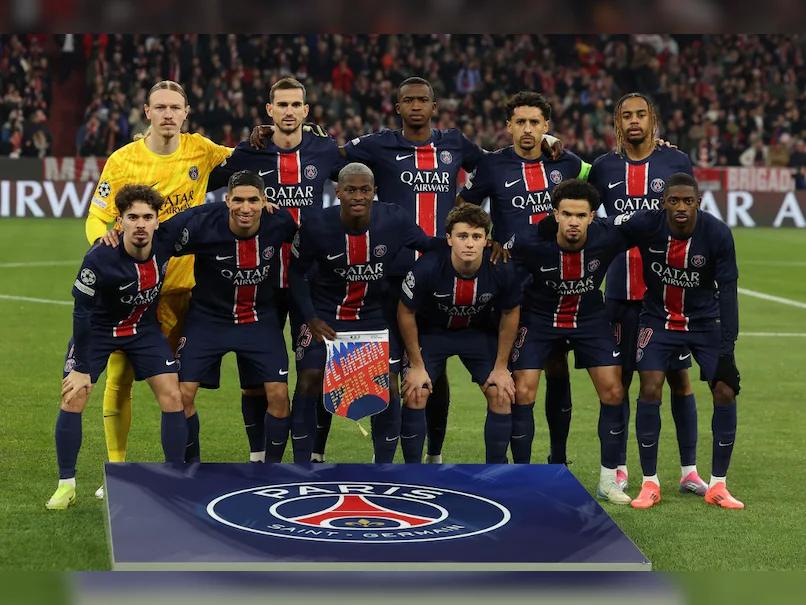List of football club player quotas

A list of football club players is a very important task in managing a football club. It is related to the size, strength and tactical arrangements of the team.
Each club has a limited number of players. According to regulations of the International Federation of Football, European clubs generally have 25 first-team players, of which at least 8 must be national players. In addition, countless players under the age of 19 can be registered.
The player quota is divided into several different positions. Goalkeepers are the reflex nerve in football games, and teams can only have a limited number of goalkeepers. In the first team, there are usually only 2 main goalkeepers and 1 substitute goalkeeper. In addition, some clubs will also have youth and reserve team goalkeepers.
In addition to the goalkeeper, the team is also divided into midfield, midfield and defender. Each club's configuration is slightly different, but generally the first team has four to six avant-garde players, including centers, wingers and attacking midfielders. The midfield is one of the core positions of the team. There are usually 6 to 8 players, including defensive midfield, creative midfield and offensive midfield. Defenders are the goalkeepers of the team's defense line. There are usually 4 to 6 players, including central defenders, full-backs and defensive midfielders.
In addition to the first team, the club also has reserve and youth teams. Reserve team players are substitute players for the first team. They train and prepare together with the first team players and are available to play at any time. Youth team players are young rookies who accumulate competition experience by participating in the youth league.
The team's player quota is determined based on the actual situation of the club and league regulations. By rationally allocating player quotas, the club can ensure the depth of the first team and reserve team and improve the team's strength and competitiveness.
RELATED STORIES






LATEST NEWS







